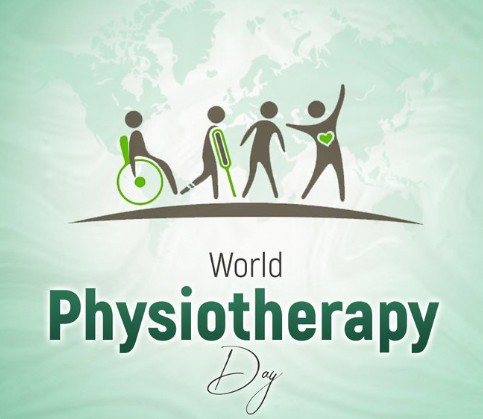The report also highlighted sociocultural and psychological barriers. Nearly 19 per cent of respondents in India reported feeling pressured by partners or family to have fewer children than they wanted
A new report by the United Nations Population Fund (UNFPA) has found that job insecurity, inadequate childcare, poor health, and social pressure are some of the key barriers preventing people from achieving their desired family size, contributing to a growing fertility crisis.
The State of World Population (SOWP) 2025 report, released on Tuesday, shifts the focus from panic over falling fertility rates to understanding why millions worldwide – including in India – are unable to realise their reproductive goals.
In a UNFPA-YouGov survey involving 14,000 people across 14 countries, including India, respondents revealed a wide range of obstacles limiting their freedom to make informed decisions about parenthood. In India, financial constraints (40%) topped the list of concerns, followed by job insecurity (21%), housing challenges (22%), and the lack of reliable childcare (18%). Additionally, health issues, including poor overall well-being (15%), infertility (13%), and limited access to pregnancy-related care (14%), further contributed to making parenthood feel unattainable.
The report also highlighted sociocultural and psychological barriers. Nearly 19 per cent of respondents in India reported feeling pressured by partners or family to have fewer children than they wanted. Meanwhile, broader issues such as climate change, political instability, and social uncertainties were noted as increasing anxieties about the future — often delaying or derailing family planning.
“India has made significant progress in lowering fertility rates — from nearly five children per woman in 1970 to about two today — thanks to improved education and access to reproductive healthcare,” said Andrea M. Wojnar, UNFPA India Representative. “This progress has saved millions of lives and enabled women to raise families and contribute to their communities. But the persistence of deep inequalities across states, castes, and income groups must be addressed,” she added.

The report revealed a regional divide in fertility rates across India. While Delhi, Kerala, and Tamil Nadu have achieved and sustained below-replacement fertility levels, states like Bihar, Jharkhand, and Uttar Pradesh still report higher fertility rates, reflecting unequal access to education, employment, and health services.
“This duality in fertility reflects deeper structural inequalities tied to economic opportunities, healthcare access, and gender norms,” the report stated. Contrary to narratives that portray declining fertility as a demographic crisis, the UNFPA report argues that the real issue lies in the barriers preventing people from exercising their reproductive rights.
“The real demographic dividend comes when everyone has the freedom and means to make informed reproductive choices,” Wojnar said. “India has a unique opportunity to demonstrate how reproductive rights and economic prosperity can move forward hand in hand.” The report calls for universal access to reproductive health services, including contraception, maternal care, safe abortion, and infertility treatment. It also recommends removing systemic barriers by investing in education, affordable housing, quality childcare, and flexible work policies.
It urges governments to create inclusive, gender-equitable policies that empower individuals and couples to plan their families based on choice, not constraint. Ultimately, the UNFPA asserts that population size is not the crisis — denied reproductive autonomy is.









